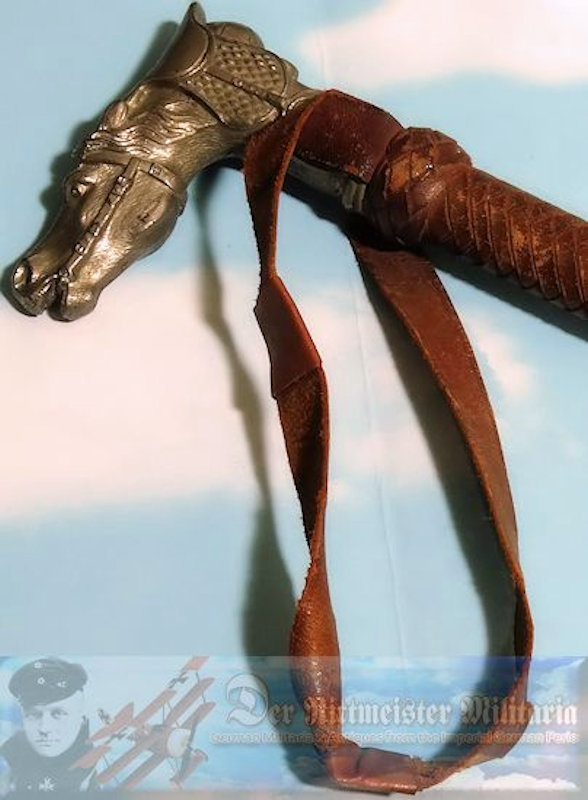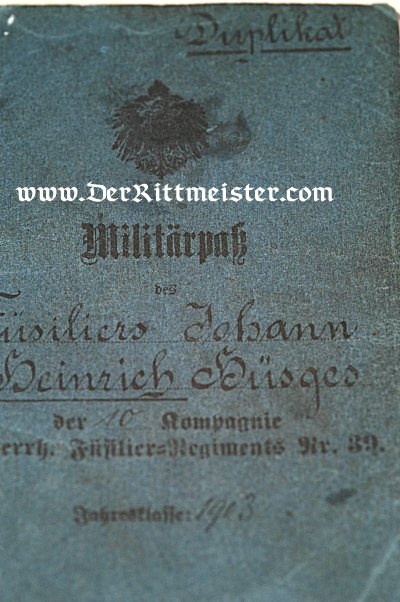Description
PRUSSIA – VETERANS WALKING STICK – INFANTERIE-REGIMENT Nr 15
German soldiers expressed their pride and patriotism in a number of ways, particularly after they had served their enlistments. Common veterans’ mementos included steins, pipes, and canteens displaying emblems from the regiments in which they had served. Our example today, however, is an imaginative way to commemorate a veteran’s service. It is a gentleman’s walking stick, which were more ornamental than medically-required canes. [I admit I much prefer using canes that match my personality. If you have to use one, it might as well make a statement]! Walking sticks were not constructed to support one’s full body weight in the manner of canes, but to elegantly point one’s way when perambulating. They also were an excellent way to indicate that you were a retired veteran.
This walking stick measures 40″ in length. [A modern-day cane usually measures about 36″ for a six-foot tall man]. The walking stick is considerably longer, in keeping with its status as a showpiece rather than a utilitarian support. It sports a horsehead handle that is made of base metal, and displays a fine patina. A leather strap is located just below the horsehead so the wearer could slip it over his wrist for easy carrying.
The walking stick’s shaft is covered with handsomely interwoven brown leather strips, further decorated by an intertwined black and white fabric cord in Prussia’s state colors. A gold-toned decorative piece is attached about 5″ below the handle. It displays the enlisted man/NCO’s Infanterie-Regiment Prinz Friedrich der Niederlande (2.Westfälisches) Nr 15 shoulder strap. This proud regiment was raised in 1813. It was garrisoned at Minden, where it was attached to the VII. Armeekorps. An unmarked silver-toned band encircles the walking stick bout three inches below the gold-toned display. Two portépée-like devices hang down near the regimental designation, adding a further decorative flair. The devices’ colors are VERY faded, although I believe they were once Imperial Germany’s red, black, and white national colors.
The overall condition of the walking stick is quite pleasing. Now you can now go for a stroll like a gentleman from more than one-hundred-years ago, or install it as a striking display in your office or collector’s room.









